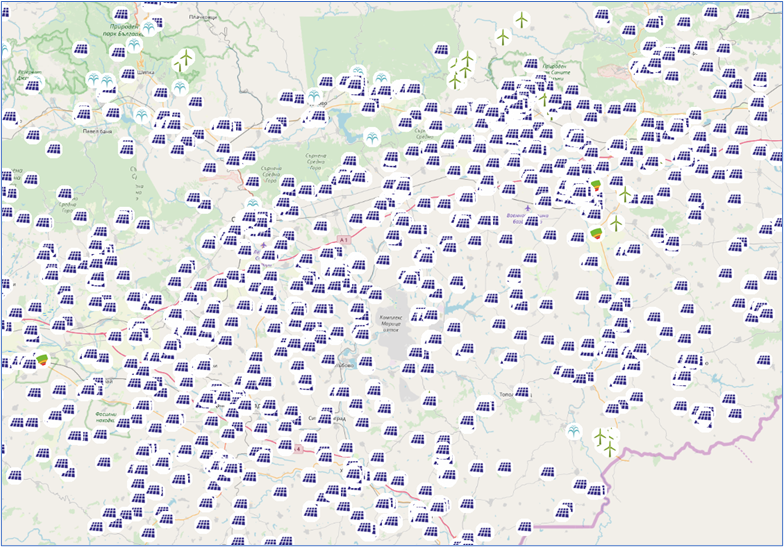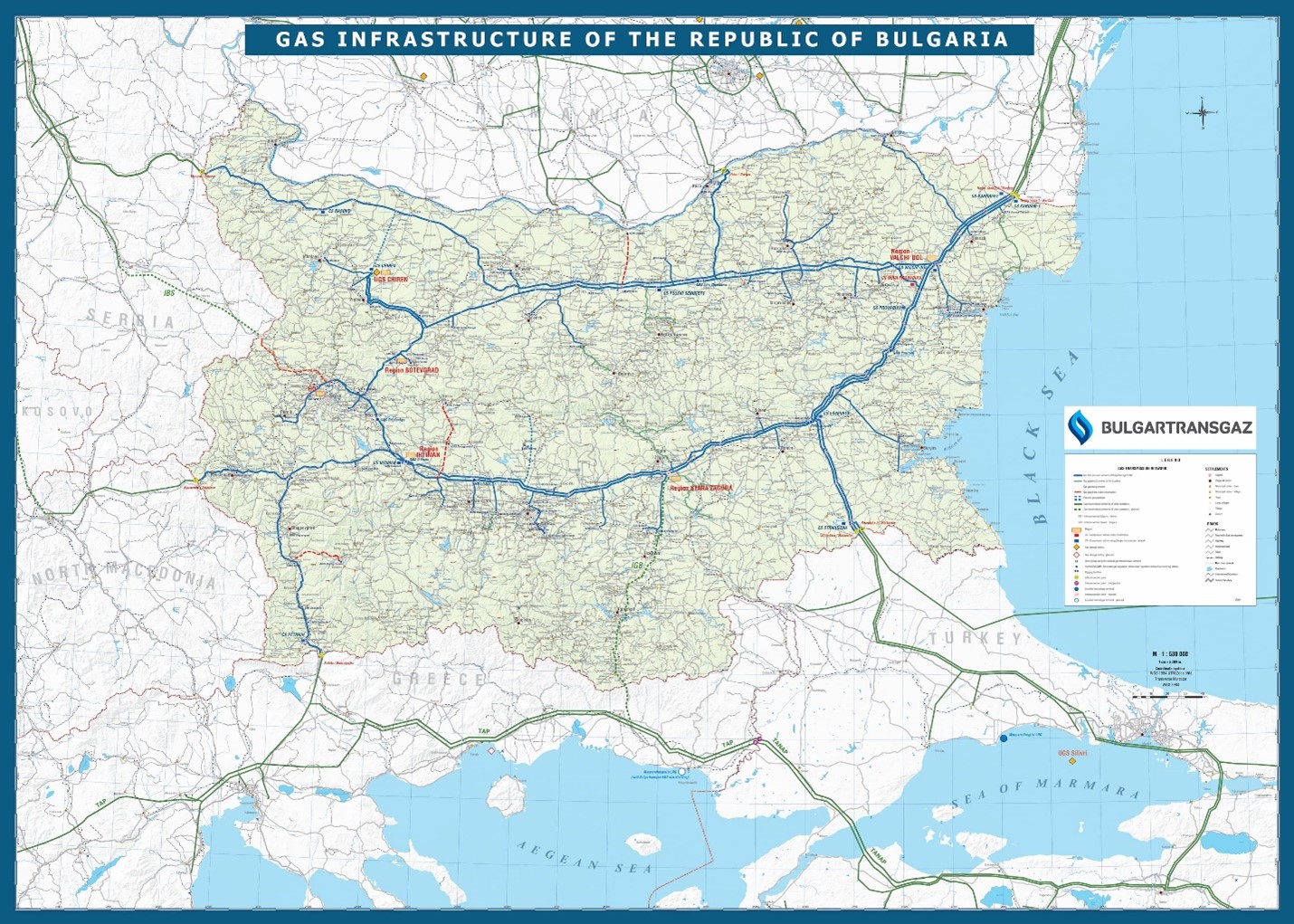DanuP-2-Gas - TERRITORIAL PERSPECTIVES AND DEVELOPMENT POTENTIALS: BULGARIA
27-06-2022
Green hydrogen and biogas – two of the components of the power to gas industry, have been recognized as pivotal for reaching the climate neutrality objectives in the Bulgarian National Recovery and Resilience Plan. It is foreseen that part of the natural gas used by the Bulgarian industry can be replaced by gas from renewable sources as means for decarbonization of a great deal of industrial processes. For that reason, EUR 70 million are earmarked for engineering and construction of biogas and green hydrogen production facilities. The expected result is the emergence of a number of industrial level demo plants that will showcase the advantages and positive effects of these technologies.
Another argument that stays behind the policy for acceptance and support of biogas production is the vast quantities of unutilized biomass available. First, residues like stems, branches, foliage, bark, etc. from logging activities are currently not collected for any industrial needs. They are estimated to equal to about 620,000 m3/year. Expressed in toe, the value is approximately 137,000 toe/year. It should be noted that the aforementioned quantity represents 50% of all the biomass available and possible to be collected in a sustainable for forest recovery manner. If all residual biomass is collected thеn the local forest ecosystem will be deprived from precious minerals and substances produced by the biomass decaying processes.
The second source of biomass is the wood processing industry. It is estimated that around 860,000 m3/year or 245,000 toe/year in the form of industrial residues are generated. There are six main production facilities in Bulgaria which consume about 25% of the whole wood logged nation-wide. They represent perfect candidates for power to gas colocation due to the biomass quantities that they can supply. Some of them will be subject of the Prefeasibility study under the DanuP-2-Gas project for Bulgaria.
The last biomass source of interest that is investigated in Bulgaria for the needs of securing supply for power to gas hubs is the sewage sludge. There are 174 water treatment plants in Bulgaria. For the needs of the study, just those that service over 10,000 inhabitants are presented, along with their estimation for supply of dry biologic residue. Water treatment plants, similar to the wood processing industry, are an excellent option for locating of P2G production plant. In total, about 70,000 tons of dry sludge can be supplied from water plant facilities in Bulgaria – renewable resource largely untapped at present.
Besides requirements for a stable biomass supply, power to gas production facilities require access to renewable energy for the production of green hydrogen. The “green” origin can be justified either by the purchase of certificates of origin, in case the electrical energy is supplied through the grid, or by direct connection to a renewable energy plant. An additional advantage of the second scenario is that no fees for transmission are paid to the grid operator. There are 5,056 renewable energy plants operating in Bulgaria with installed capacity of 4,454 MW. A small subset of the facilities is shown on the map below:
Figure 1 Renewable Energy Plants in Bulgaria

Source: Sustainable Energy Development Agency
At best, the power to gas hub should be located nearby and have access to the gas infrastructure as well for the sake of supplying renewable natural gas directly to the gas grid. The Bulgarian gas transmission network (Figure 2), consists of 256 exit/entry points and provides the means for renewable natural gas export to Romania, Serbia, Greece, Turkey, and North Macedonia.
In conclusion, Bulgaria disposes of excellent conditions for the development of power to gas technologies. It has the biomass and infrastructure resources upon which an innovative renewable natural gas production industry can emerge. Moreover, considering that the green hydrogen and biogas are integral for the power to gas technology, it can also count on strong support from the Bulgarian public authorities.
Figure 2 Gas Infrastructure in Bulgaria

Source: Bulgartransgas
For more information, please contact Black Sea Energy Research Centre at the following email address: office@bserc.eu
Author: DanuP-2-Gas ERDF PP4 - BSERC
![]()
The Danube Region holds huge potential for sustainable generation and storage of renewable energy. However, to date this region is highly dependent on energy imports, while energy efficiency, diversity and renewables share are low. In line with the EU climate targets for 2030 and the targets of the European Strategy for the Danube Region, DanuP-2-Gas supports transnational energy planning by strengthening generation and storage strategies for renewables in the Danube Region via advanced sector coupling technologies.
